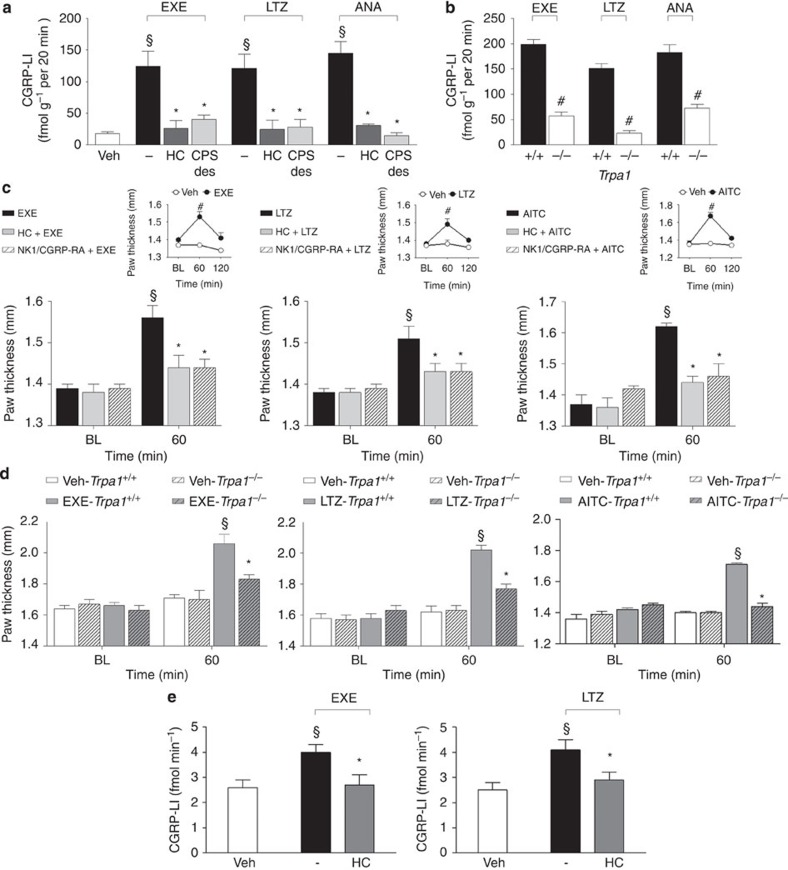Figure 3. Aromatase inhibitors release calcitonin gene-related peptide (CGRP) and produce neurogenic edema.
(a) Exemestane (EXE), letrozole (LTZ) and anastrozole (ANA) (all 100 μM) increase the CGRP-like immunoreactivity (CGRP-LI) outflow from slices of rat dorsal spinal cord. This effect is prevented by HC-030031 (HC; 30 μM) or after exposure to capsaicin (10 μM, 20 min; CPS-des). (b) EXE, LTZ and ANA (all 100 μM) increase the CGRP-LI outflow from spinal cord slices obtained from Trpa1+/+, but not from Trpa1−/− mice. Results are mean±s.e.m. of at least four independent experiments. Veh is the vehicle of EXE, LTZ and ANA, dash (-) indicates the vehicle of HC and CPS. §P<0.05 versus Veh, *P<0.05 versus EXE, LTZ or ANA; ANOVA followed by Bonferroni post hoc test. #P<0.05 versus EXE-, LTZ-, ANA-Trpa1+/+, Student’s t-test. (c) In C57BL/6 mice intraplantar (i.pl.) injection (20 μl) of EXE (10 nmol), LTZ (20 nmol) or allyl isothiocyanate (AITC; 10 nmol) induces paw oedema, which peaks at 60 min and fades 120 min after injection (c, upper insets), and is attenuated by pretreatment with HC (100 mg kg−1 intraperitoneal, i.p.) or the combination of the selective antagonists of the neurokinin-1 receptor, (NK1-RA), L-733,060, and of the CGRP receptor (CGRP-RA), CGRP8-37, (both, 2 μmol kg−1, intravenous). (d) Paw oedema induced by EXE, LTZ and AITC (i.pl.) in Trpa1+/+ mice is markedly reduced in Trpa1−/− mice. BL=baseline level. Results are mean±s.e.m. of at least five mice for each group. Veh is the vehicle of EXE, LTZ and AITC. #P<0.05 versus Veh, Student’s t-test; §P<0.05 versus BL values, *P<0.05 versus EXE, LTZ, AITC or EXE-, LTZ-, AITC-Trpa1+/+; ANOVA followed by Bonferroni post hoc test. (e) Injection (50 μl) of EXE (5 nmol) or LTZ (10 nmol) in the rat knee increases CGRP-LI levels in the synovial fluid, an effect that is markedly attenuated by pretreatment with HC (100 mg kg−1, i.p.). Results are mean±s.e.m. of at least five mice for each group. Veh is the vehicle of EXE and LTZ, dash (-) indicates the vehicle of HC. §P<0.05 versus Veh, *P<0.05 versus EXE, LTZ; ANOVA followed by Bonferroni post hoc test.

